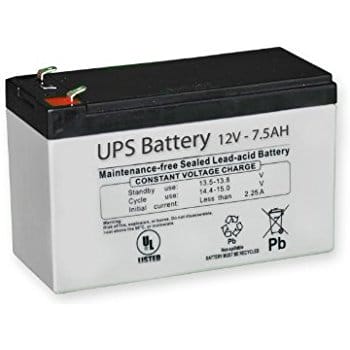- Home
- About us
- Products
- Dealer Enquiry
- Contact Us
- 044 -2486 1994
- +91 99623 98222
- sales@nantech.in
- REQUEST A QUOTE
Uninterrupted power supplies come in various sizes, types, and capacities, to serve your power backup requirements. UPSs ensure reliable and safe operation only if you adhere to certain operational rules and safety precautions while using them. Popular UPS distributors in Chennai say that following the operational and safety instructions enhances the life of your UPS and also gives you the best results. But do you thoroughly know what to do and what not to do with your UPSs? If no, then don’t worry! This article aims to provide an insight into the same!
Positioning the UPS
The right way to place a UPS is upright. Be it a traditional rack-type UPS or tower-type, place it upright and steady. You should not keep your UPS outdoors and in places where humidity and temperature are high. Places which are directly exposed to sunlight and moisture should also be avoided.
Covering the UPS
You should not fully cover your UPS or keep it in a completely enclosed area. Keeping it covered or enclosed hinders the functioning of the heat dissipating holes or pathways which may affect its operation.
Load management
Every UPS has its own load capacity which would be explicitly mentioned in its specifications. Do not connect loads greater than its capacity; doing so may a tripping if you have a circuit breaker installed or directly short-circuiting if otherwise. So, pay attention to this point to ensure trouble-free operation of your UPS.
Usage of sockets
Some type of UPS has extra sockets for protecting your electrical and electronic appliances from voltage surges. These sockets may not provide power backup but only surge safety. So while connecting different devices to the UPS, manage it in such a way that devices which require only surge safety are connected to these sockets, and those which require both power backup and surge safety are connected to the main sockets.

Battery replacement
Generally, the UPS battery requires no regular maintenance. But this may vary depending on manufacturers. Hence you have to check the same with them. Usually, if the battery fails, then the only option is to replace it with a new one. Do not do it alone; take the help of a professional technician.
Charging and discharging
Before beginning the operation, it is advisable to charge the UPS for a period of twenty-four hours (or the duration mentioned in the instruction booklet). Keeping your UPS in the discharged mode for a long time is not good for its operational efficiency. So, try not to keep it so.
Closely following the above-listed points ensures the operational efficiency of your UPS. Now let us move on to the safety precautions that you have to be aware of while using a UPS. Knowing the same beforehand saves you from regret afterward!
The rules may differ slightly depending on the type, the brand, etc. of the UPS; but most of the ones listed here apply for all UPSs in general. So, follow them strictly to ensure a safe and long life for you as well as your UPS!